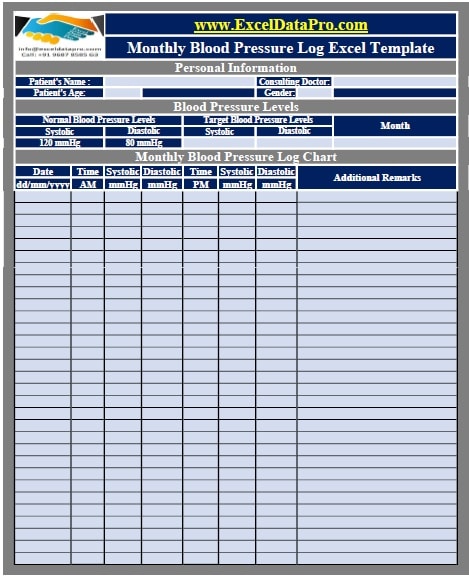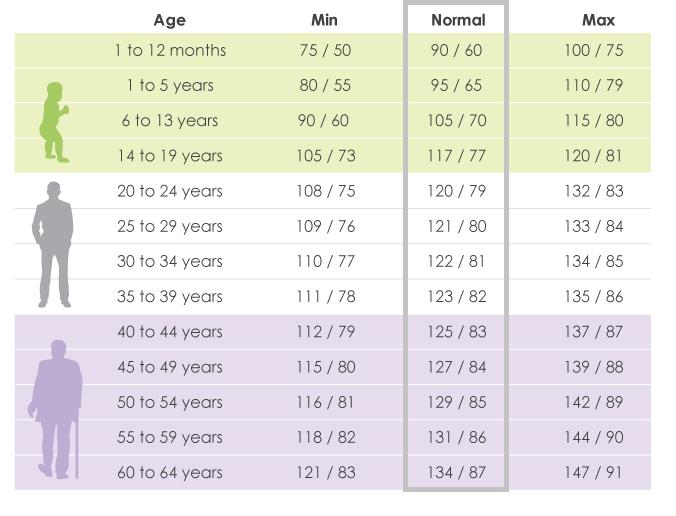


Following this introduction, the second section provides background information about noise and noise regulations and an overview of available noise controls. The chapter is divided into seven main sections. The content is based on currently available research publications, OSHA standards, and consensus standards. This chapter provides technical information and guidance to help Compliance Safety and Health Officers (CSHOs) evaluate noise hazards in the workplace. Exposure to high levels of noise may cause hearing loss, create physical and psychological stress, reduce productivity, interfere with communication, and contribute to accidents and injuries.

The Centers for Disease Control (CDC)/National Institute for Occupational Safety and Health (NIOSH) estimates that 22 million workers in the United States are exposed to hazardous noise. Hazardous noise is one of the most common occupational hazards in American workplaces. The mention of trade names, commercial products, or organizations does not imply endorsement by OSHA or the U.S.

Oil Well Derrick Stability: Guywire Anchor Systems Legionnaire's Disease, see OSHA's Safety and Health Topics Page for updated information.Ĭontrolling Exposure to Hazardous Drugs, see OSHA's Safety and Health Topics Page for updated information. Polymer Matrix Materials: Advanced Composites Technical Equipment: On-site Measurements


 0 kommentar(er)
0 kommentar(er)
